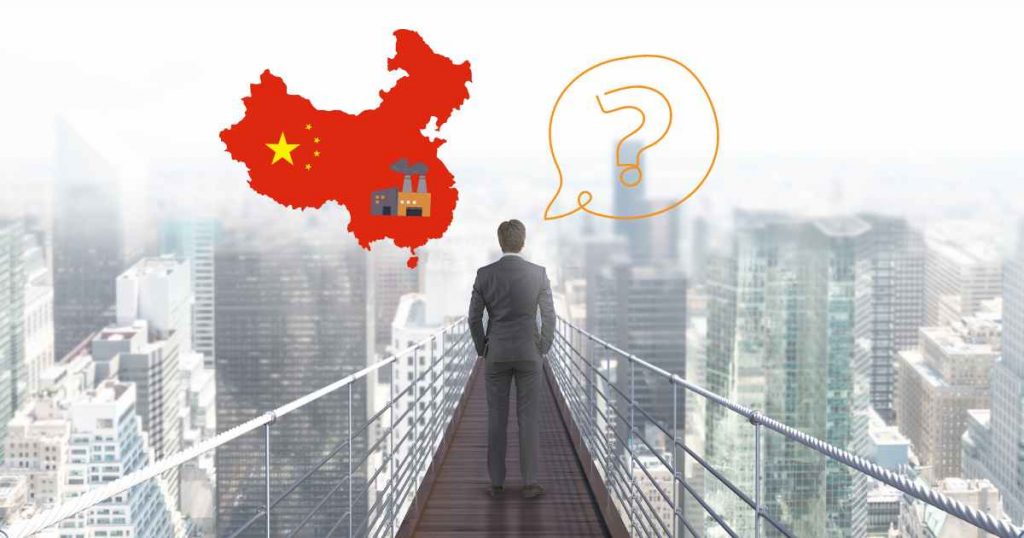
A few days ago, I was fortunate to have the opportunity to do a video interview with the authors of the upcoming book Enterprise China, which analyzes the business strategy of Chinese firms in general (and their tight links to the Chinese government).
I asked about the way companies that manufacture products in China should feel about it, how they should analyse geopolitical risks, and what they should do about it.
Here is a 10 min excerpt from our conversation that, I am sure, you will find quite interesting.
Are you involved in a high-risk product category?
One of the suggestions from the authors is, companies should analyze their reliance on Chinese sources, and they should take steps to diversify sources if that dependence generates serious risk.
One criterion they mentioned is, do you work on high technology products? Are you engaged in an industry that Chinese firms (and China’s industrial policy) aim at dominating in the mid-to long-run?
If the answer is yes, then your supply chain is at great risk and you might encounter great difficulties selling to countries such as the USA, Canada, Australia, or the UK.
So, a salt & pepper set is at the low end of the risk spectrum—the same thing with most apparel, toys, etc, too.
What about consumer electronics? I’d venture that a massive category like mobile phones that also touches on telecommunications is moderate to relatively high risk… but a small brand of BlueTooth speakers or power banks is at relatively low risk.
And then there are high-risk industries. Anything that allows high-speed trains, robotics, autonomous vehicles, power-generating equipment, airplanes, etc. to be built and operated is high risk.
If you are in a high-risk category, you may be forced to choose between “make and sell on the China side” and “make and sell on the USA-dominated side”.
Let me take what may be the most extreme example: ASML, which makes the equipment needed to make the most advanced microprocessors. CNBC did a nice job covering their situation in this video:
This company is navigating export controls that are bound to multiply in the future:
- No EUV lithography machine (which allows the production of the most advanced chips) has ever been shipped to Chinese semiconductor companies. There is already an export ban.
- And the USA is now applying a lot of pressure to prevent ASML from shipping some DUV lithography machines (a bit less advanced than the EUV ones) to Chinese entities.
Regardless of the product category, what are American/Australian/British buyers thinking?
From my own experience talking with clients, even very low-tech product buyers are worried about sourcing in China. Especially those in countries whose governments have been relatively tough on China.
I am not the only one saying it. Earlier this month, Dan Harris from the US law firm Harris Bricken gave this interview and he explained what is on most buyers’ minds.
Here is a summary of the video:
- The 20th CCP Congress has made it clear security and control are more important than supporting the economy.
- Beijing’s covid control measures have prevented some importers from getting products for weeks or months, and in other cases, it is a high risk.
- There is no end in sight for the Chinese government’s policy.
- As a result, most companies that buy products made in China want to relocate the manufacturing to another country. But that’s not easy.
If anything, the protests that have erupted across China over the past few days, and the numerous videos of those protests that have made it to foreign journalists, are only making importers more nervous.
Interestingly, the authors of Enterprise China – an interesting book full of examples and data – don’t suggest companies cut all ties with China. Diversifying sources is usually the best thing to do.
